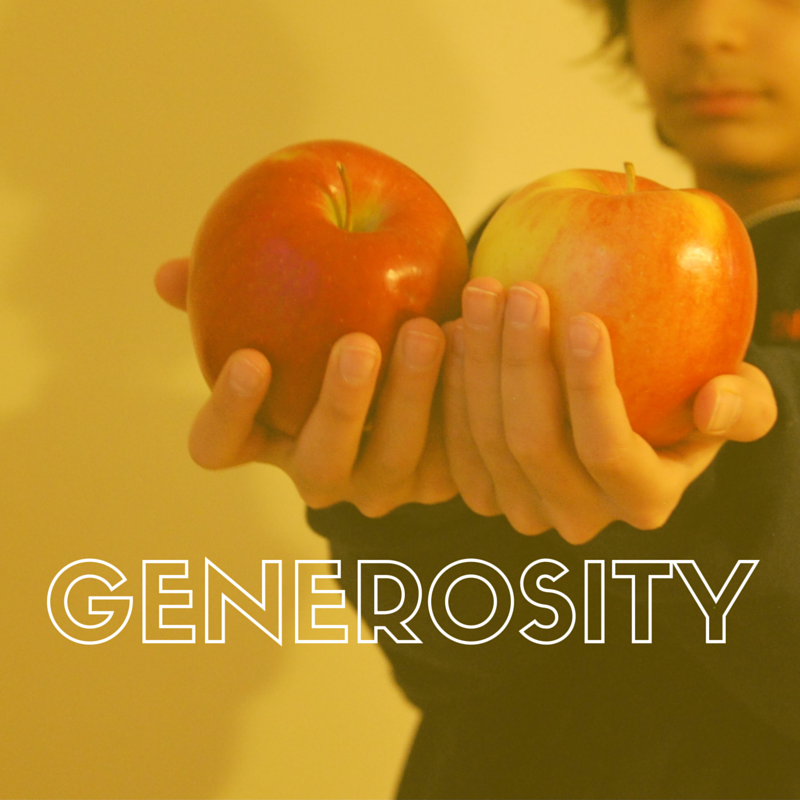
The sharing economy connects individuals who need a particular product or service with other individuals who have or offer that particular product or service. We have heard how individuals use services such as Uber (the ridesharing app) or Airbnb (to rent your spare room or empty house) but what about businesses and using the sharing economy to reduce the cost of running a startup? There are a few ways you can use the sharing economy to reduce operational cost and raise capital for your startup. There are just a few examples:
Reduce Operational Cost
Marketing – Every startup needs some form of design, be it a complex website that directs your customers to their needs, or a simple logo for people to associate your brand with. Going through a marketing agency or a graphic/web design company is usually attached to a hefty price tag, and that’s simply out of the question for most startups.
Through peer-to-peer networks like Fiverr.com or 99designs.com, you get to immediately connect with a large user base of designers all around the world, who’ll certainly have differing visions and ideas of what your brand’s image will look like. You can reach out to them, check out their portfolio, and pick a designer or a team to work on your logo, website, product design, you name it.
The cost is significantly cheaper as you cut out the corporate middlemen between you and the designers. For example, an established web design company in the U.S. can cost about $60 – $200 an hour, easy totalling up to thousands for your website.
But on Freelancer.com you can find an experienced web designer who’ll get the job done for a fixed rate of $100. These platforms usually provide consumer-protection as well, and they’ll only release your payment to the designer when you’re 100% satisfied with the work submitted to you. You’ll also be able to communicate directly with your designer, and set milestones to check in, make sure they’re on the right track.
Staffing – If your startup requires employees or people with certain skill sets, but you’re not at a place where you can afford a full timer’s salary plus benefits yet, you can check out websites like Zaarly.com, Upwork.com or Taskrabbit.com.
These websites link you up with virtual stores where people in your neighborhood or all over the world who offer their services at various rates. Just to name a few, you can find accountants, lawyers, virtual assistants, customer service representatives for anything between $2 – $100/hour depending on the type of skills required. Depending on your startup’s needs, having a skilled worker on standby would be significantly more cost-efficient than a full-time employee, especially when business is still picking up.
Raise Capital
Let’s say you have a really, really great idea for a startup, but the only thing holding you back is the initial cost. Traditionally, the first resort most startup owners would go to would be a business loan from a bank. But with high interest rates and a fixed payback scheme, it’s no easy feat to guarantee your startup will yield returns high enough and fast enough to repay your debt. Instead, you can try crowdfunding websites like kickstarter.com or gofundme.com.
These sites give you an inlet of ‘pledgers’, people who believe in your startup idea and are willing to donate or invest in it. For a certain amount of money pledged, you can offer something in exchange to the pledger related to your startup. For example, a largely popular video game, Dark Souls, has an extremely close-knit community of millions of players. A company called Steamforged games decided to make a Dark Souls board game, but needed roughly £100,000 to fund it. They decided to offer pledgers a chance to purchase the board game at £80, when the retail price after the official release would be £190. They got the word out in gaming forums and Facebook fan pages to create hype. Within 3 minutes of launching their crowdfunding campaign on Kickstarter.com, they reached their goal of £100,000. That was on 20th April 2016, and as of today, 21st July 2016, they’ve received a total of £3,771,474. You read that right, over 3 million Pounds pledged to an idea, a concept, that hasn’t even begun to come close to fruition.
Aside from monetary support, these crowdfunding platforms also provide a forum of sorts. Your pledgers then have a direct way to provide you with comments on what they think your startup should offer, giving you priceless feedback from your target audience.
When building your startup, keep in mind that sharing economy is based on the human connection, and an element of trust between you and your pledgers, partners, or employees. You’re accountable to each other in a way that’s relatively new in the business sense, and your reputation within the community is at stake. Networking is key, so maintaining good relations will no doubt ensure further fruitful cooperations, and opportunities to grow your startup.

 Yet, all these need not be started by companies. Nor governments. These can be started by you.
Yet, all these need not be started by companies. Nor governments. These can be started by you.



 The public book libraries of Sacramento
The public book libraries of Sacramento